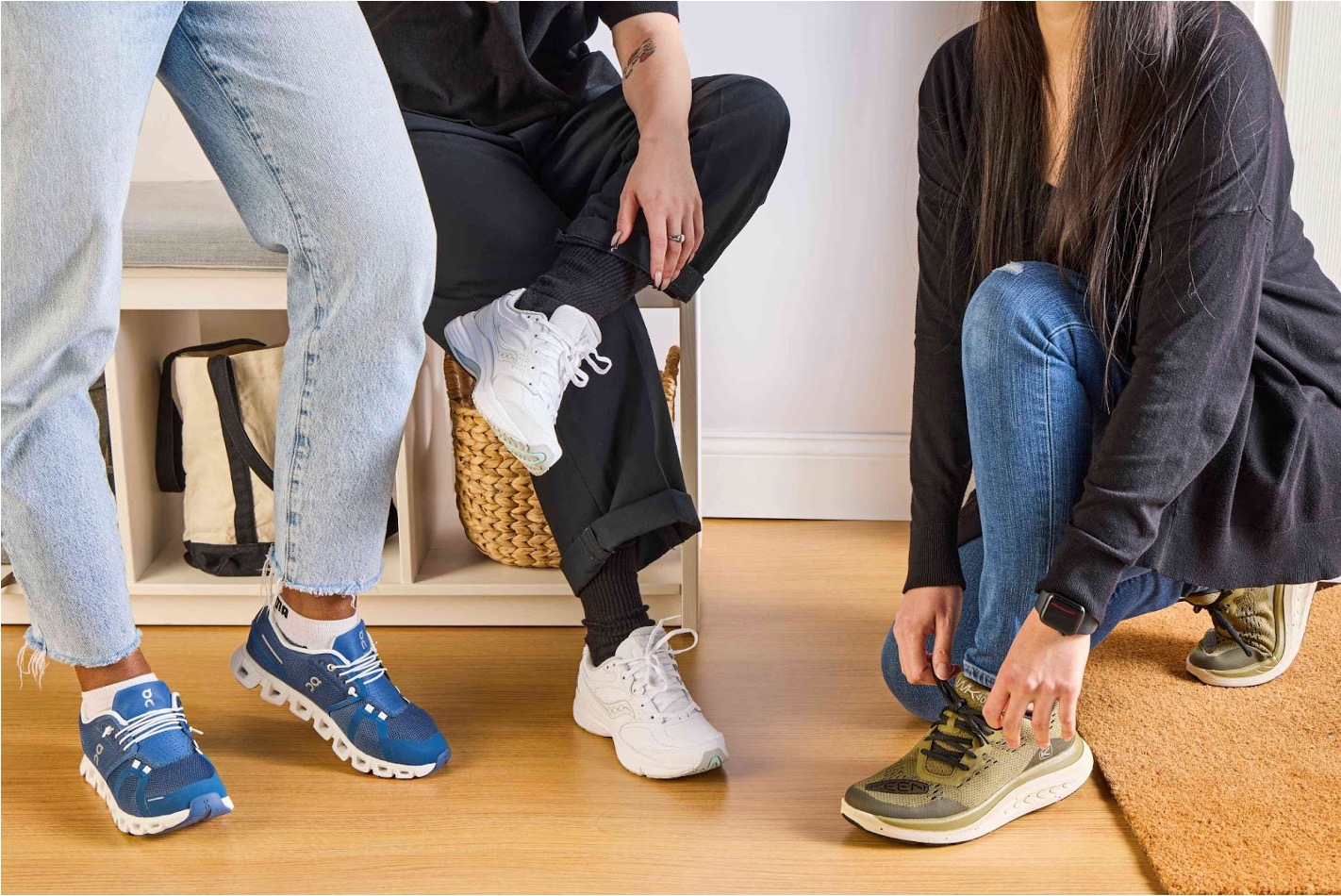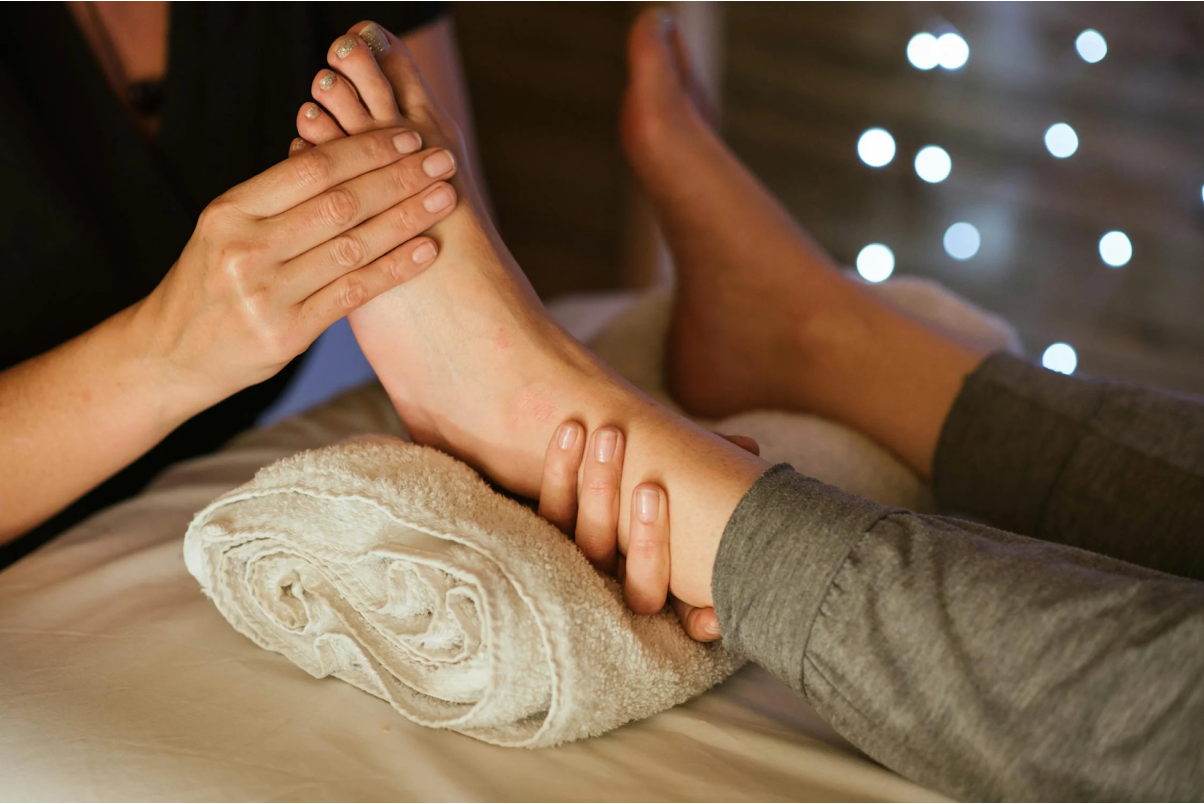Arch Pain: Symptoms, Causes, Treatment & Exercises
:format(webp)/cdn.mskdoctors.com/storage/2025/3/0G7cnDZ3D8Lr8PCh0L3qFE8gNYsuuubp.jpg)
Key Takeaways
-
Arch pain can stem from plantar fasciitis, flat feet, posterior tibial tendon dysfunction, or high arches.
-
Key symptoms include morning pain, discomfort after prolonged standing, and tenderness along the arch.
-
Supportive shoes with adequate arch support combined with custom or over-the-counter orthotics can dramatically reduce symptoms by correcting biomechanical issues and redistributing pressure across the foot.
-
Non-invasive approaches including rest, ice, compression, and anti-inflammatory medications successfully resolve most arch pain without requiring surgical intervention.
-
At MSK Doctors, our team of specialists provides a comprehensive evaluation of arch pain using advanced diagnostic imaging and offers personalised treatment plans.
Arch Pain Overview
Experiencing arch pain can significantly impact your daily life, turning simple activities like walking or standing into uncomfortable challenges. This common foot condition affects the curved area between your heel and the ball of your foot, where the arch provides support for your entire body.
You may feel a stabbing sensation that strikes with your first steps in the morning, a persistent ache that worsens throughout the day, or discomfort that flares up during physical activity. From plantar fasciitis and fallen arches to improper footwear and overuse injuries, arch pain stems from various sources that require different approaches to treatment.
|
Symptoms of Arch Pain
Pain characteristics
-
Sharp, stabbing sensations: Many people with arch pain experience acute, stabbing pain, particularly with their first steps in the morning. This symptom is especially common with plantar fasciitis, where the connective tissue along the bottom of the foot becomes inflamed and causes first-step pain after periods of rest.
-
Burning or aching discomfort: Some individuals describe their arch pain as a persistent burning or aching sensation that runs along the middle portion of the foot. This type of pain often intensifies throughout the day with continued weight-bearing activities and can indicate issues with the tendons or ligaments supporting the arch structure.
-
Pain patterns related to activity: Arch pain typically follows predictable patterns, worsening during and after physical activity and improving with rest. However, the pain cycle typically repeats when activity resumes, creating a frustrating pattern for active individuals who find their symptoms return whenever they try to resume normal activities.
Physical Signs
-
Tenderness and inflammation: The arch area may be sensitive to touch, with noticeable tenderness when pressing on specific points along the bottom of the foot. This tenderness is often accompanied by visible swelling or inflammation, particularly after extended periods of standing or walking.
-
Surface and footwear sensitivity: Many people with arch pain report increased discomfort when walking barefoot on hard surfaces like tile or concrete. Similarly, wearing shoes without proper arch support can trigger or worsen symptoms, highlighting the importance of appropriate footwear in both treating and preventing arch issues.
-
Radiating discomfort: Pain may not remain isolated to the arch itself but can radiate forward toward the ball of the foot or backward toward the heel. This radiation pattern can help healthcare providers determine which structures are involved in your specific case of arch pain.
Common Causes
Plantar Fasciitis
-
Inflammation of the plantar fascia—the thick band of tissue connecting your heel to your toes—is the most common cause of arch pain. This condition typically develops from repetitive strain or overuse, creating small tears in the fascia.
-
Risk factors include tight calf muscles, improper footwear, sudden weight gain, and activities that place significant stress on the heel and attached tissue.
-
The characteristic symptom is sharp pain with the first steps in the morning that may improve slightly with activity but worsens again after prolonged standing or sitting.
Flat Feet (Fallen Arches)
-
Some people are born with flat feet, while others develop them over time as the posterior tibial tendon weakens or becomes damaged. This tendon is primarily responsible for supporting the arch structure.
-
When it no longer functions properly, the arch collapses, causing the entire sole of the foot to contact the ground when standing.
-
This collapsed position places additional stress on the plantar fascia and other foot structures, leading to chronic arch pain, fatigue, and potentially issues in the ankles, knees, and hips.
Posterior Tibial Tendon Dysfunction (PTTD)
-
The posterior tibial tendon runs along the inside of the ankle and foot, supporting the arch and helping to turn the foot inward. When this tendon becomes inflamed or damaged, often from overuse or acute injury, it cannot properly support the arch structure.
-
PTTD typically causes pain along the inside of the foot and ankle, swelling, and progressive flattening of the arch. If left untreated, this condition can lead to permanent deformity and significant disability.
Cavus Foot (High Arches)
-
While flat feet receive more attention, excessively high arches (cavus foot) can also cause significant arch pain. This structural abnormality places excessive pressure on the ball and heel of the foot, as these areas bear most of the body's weight during standing and walking.
-
High arches typically have less shock-absorbing capability and flexibility, leading to increased stress on the plantar fascia and metatarsal bones.
-
People with high arches often experience chronic arch pain, calluses under the ball of the foot, and are more susceptible to ankle sprains and instability.
Impact on Daily Life
Living with arch pain is challenging. It can hinder your ability to perform everyday tasks, such as walking or standing for extended periods. Over time, this discomfort may lead to changes in your gait (how you walk), causing further issues in other parts of your body, such as your knees, hips, or lower back.
Effective Treatments
Home Remedies
For many, home remedies can provide significant relief from arch pain. The R.I.C.E method—Rest, Ice, Compression, and Elevation—remains a cornerstone of initial treatment. Resting the affected foot reduces strain, while ice packs help to decrease inflammation and numb the pain. Compression can be achieved with a bandage to support the arch, and elevating the foot can reduce swelling.
Footwear

Footwear that provides support and cushioning can help you prevent arch pain.
Your choice of footwear plays a pivotal role in managing and preventing arch pain. Wearing shoes that provide adequate support and cushioning can significantly reduce the strain on your arches.
When selecting shoes, prioritise comfort and functionality over style. Shoes with good arch support and cushioning help distribute weight evenly across your feet, reducing pressure on the arches. Avoid high heels or flat shoes without support, as these can contribute to pain and discomfort.
Arch support is vital for maintaining the natural alignment of your feet. Proper support helps absorb shock and reduces stress on the plantar fascia, the ligament that runs along the bottom of your foot. Wearing insoles or supportive footwear will ensure your arches are adequately supported, prevent pain and improve overall foot health.
Prevention Tips
Daily Routines
Incorporate simple foot care practices into your daily routine to prevent arch pain. Regularly stretch your feet and calves, especially after physical activity, to maintain flexibility. Pay attention to your posture and gait, as these can affect how pressure is distributed across your feet.
Additionally, give your feet a break by avoiding prolonged standing or walking on hard surfaces. If your job requires standing for long periods, consider using anti-fatigue mats or taking regular breaks to rest your feet.
Long-term Foot Care
Long-term foot care is about maintaining a healthy lifestyle that supports your overall well-being. Maintain a balanced diet and exercise regularly to keep your weight in check, reducing pressure on your feet.
Stay hydrated to support joint and tissue health, and don't forget to pamper your feet with occasional massages or warm soaks to relieve tension.

Massage can help you relieve tension.
Exercises for Relief
Stretching Techniques
-
Calf Stretch: Stand facing a wall with one foot forward and one backward. Keep your back leg straight and your heel on the ground as you lean into the wall.
-
Plantar Fascia Stretch: Sit down, cross one leg over the other, and pull back on your toes gently.
-
Toe Curls: Place a towel on the floor and use your toes to scrunch it towards you.
Strengthening Exercises
Strengthening the muscles in your feet and lower legs is essential for supporting the arch and alleviating pain. One effective exercise is the heel raise:
-
Stand on the edge of a step with your heels hanging off.
-
Slowly raise your heels as high as possible, then lower them back down below the step level.
-
This exercise targets the calf muscles, which play a significant role in arch support.
Another useful exercise is the arch lift:
-
While seated, place your foot flat on the floor
-
Try to raise the arch of your foot without curling your toes.
-
Hold this position for a few seconds and then relax.
-
This exercise strengthens the intrinsic muscles of the foot, which help maintain the arch structure.
Benefits of Regular Exercise
Incorporating regular exercise into your routine benefits arch pain management and prevention. Strengthening and stretching exercises enhance flexibility and resilience, reducing the risk of injury. Regular physical activity will improve circulation and promote faster healing of any existing injuries. So get going!
Exercise also helps maintain a healthy weight, which is vital since excess weight can increase the pressure on your feet, exacerbating arch pain.
Start Your Healing with MSK Doctors
At MSK Doctors, we believe in an all-encompassing approach to treating arch pain. We start with a thorough assessment to identify the cause of your pain. From there, a personalised treatment plan will be developed, incorporating exercises, footwear recommendations, and other therapies for your needs. Our goal is to help you achieve long-term relief and improve your quality of life.
Our team of experts is dedicated to providing you with the care and support you need to heal and thrive. This is how:
-
Book an appointment for a comprehensive assessment.
-
Receive a personalised treatment plan for your needs.
-
Access expert advice on exercises, footwear, and lifestyle changes.
-
Begin your journey to pain-free living today.

Our commitment is to help you regain comfort and mobility through compassionate and expert care. Contact us to start your healing journey.
Don't let arch pain hold you back from enjoying life. Take the first step towards relief by scheduling a consultation with MSK Doctors today.
Frequently Asked Questions (FAQ)
What are the common signs of arch pain?
Arch pain is particularly noticeable when you first wake up or after prolonged activity. You may also experience swelling, tenderness, and difficulty walking or standing for long periods.
Can changing shoes really help with arch pain?
Yes, changing your shoes can significantly impact arch pain. Shoes with proper arch support and cushioning help distribute weight evenly and reduce pressure on the arches. Opting for supportive footwear can alleviate pain and prevent further discomfort.
What exercises can reduce foot arch pain?
Exercises that focus on stretching and strengthening the foot and lower leg muscles can help reduce arch pain. Some effective exercises include calf stretches, toe curls, heel raises, and arch lifts. These exercises improve flexibility and strengthen the muscles that support the arch.
When should I visit a doctor?
It's advisable to visit a doctor if your arch pain persists despite home treatments, worsens over time, or is accompanied by other symptoms such as severe swelling or changes in foot shape. A healthcare professional can provide a thorough assessment and recommend appropriate interventions.
How can MSK Doctors assist with arch pain relief?
MSK Doctors offer a comprehensive approach to managing arch pain. Our team conducts detailed assessments to understand the specific cause of your discomfort. Based on our findings, we develop a personalised treatment plan that may include exercises, orthotics, and lifestyle modifications.
:format(webp)/cdn.mskdoctors.com/storage/2025/5/w9ctvGdSNB4DNootif5Dkk2S72k9Q4Ea.jpg)
:format(webp)/cdn.mskdoctors.com/storage/2025/5/hgH74n2NLXbN2EROC3N45aTdfUh1xKkM.jpg)
:format(webp)/cdn.mskdoctors.com/storage/2025/5/qf6zY2JVctL0BGJLEryU4lLIeRBsr5fC.jpg)
